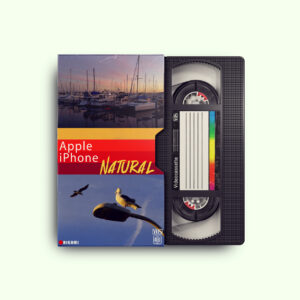What is the difference between 24p and 23.98
What is the difference between 24p and 23.98
Many beginner filmmakers wonder about the difference between 24p and 23.98 (23.976) frames per second. With such a slight fractional difference, does it really matter which one to choose? Yes, it does!
To provide a simplified answer: 24p is better for film and theatrical releases, while 23.98fps is better for broadcast television.
If that’s the information you were looking for, you’re welcome! However, if you want to dive deeper and understand more details, please continue reading.
The 24p frame rate has been the standard for traditional film projection in cinemas for decades. It provides a cinematic look with natural motion blur, making it ideal for narrative films, music videos, and other projects intended for the big screen. Shooting at 24p ensures compatibility with film festivals and theatrical distribution.
On the other hand, 23.98fps (often rounded to 24fps) is the frame rate used in the NTSC television standard, which is the broadcast standard in North America and parts of South America. This frame rate is slightly slower than 24p, but it ensures seamless integration with television broadcasts, web videos, and other video content intended for home viewing.
While the difference of 0.02 frames per second may seem negligible, it’s crucial for maintaining synchronization between audio and video in broadcast systems. Shooting at 23.98fps ensures your footage will play back correctly on televisions without any issues like audio drift or dropped frames.
If you plan to distribute your content across multiple platforms (theaters, TV, web), shooting at 23.98fps can make the post-production process easier, as it is compatible with both film and video standards. However, if your primary goal is a cinematic look for theatrical release, 24p is the way to go.
Can 24p be converted to 23.98 ?
Yes! Converting a video from 24p (24 frames per second) to 23.98p (23.98 frames per second) is a common process in video editing and post-production. This conversion is typically done to ensure compatibility with broadcast standards or to achieve a specific aesthetic look.
In modern digital workflows, the conversion from 24p to 23.98p is often done digitally using software or hardware solutions. This conversion maintains the overall timing and duration of the video while ensuring compatibility with broadcast standards and playback devices.




